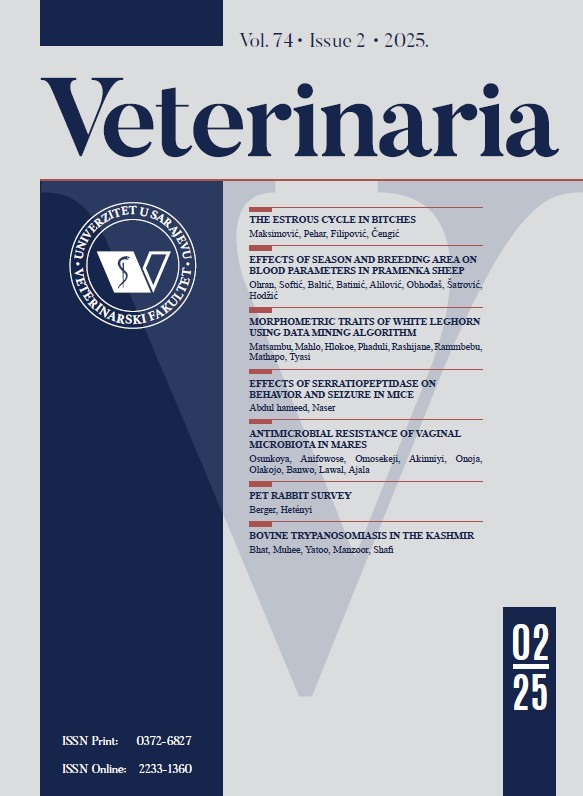Investigation of healing effects of thermal spring water and mud on experimentally-induced atopic dermatitis in mice
DOI:
https://doi.org/10.51607/22331360.2021.70.1.85Keywords:
Afyonkarahisar, atopic dermatitis, balneotherapy, mouse, treatmentAbstract
This study was conducted to determine the therapeutic efficacy of hot spring water and mud in atopic dermatitis. For this purpose, totally 40 Albino mice of the same daily age were used. All mice were treated with 2% 2,4-dinitrochlorobenzene after de-epilation in the dorsal region for creating atopic dermatitis. After disease formation, a 21-day treatment period was begun, and the mice were equally and randomly divided into two groups, control and study. Inter and intra-group comparisons of clinical, hematological and biochemical blood findings measured before and after the formation of atopic dermatitis, and on days 1, 7, 14 and 21 of the treatment period were performed in this study. In comparison with the control group on the last day of the study, it was seen that the body weight gain along with total leukocyte, neutrophil, monocyte, eosinophil counts and AST, LDH, GGT, OCT and IgE levels were significantly (p<0.05) decreased in the study group, whereas the mean heart and respiratory frequencies, erythrocyte and lymphocyte counts along with hemoglobin and hematocrit levels remarkably increased (p<0.05). There was no significant differences between the groups in terms of basophil count. Last day tissue samples showed that skin damage was significantly improved in the study group of animals, while it continued in the control group mice. Consequently, it was concluded that atopic dermatitis was improved in mice treated with Süreyya I hot spring water along with mud.
Downloads
Published
How to Cite
Issue
Section
License
Copyright (c) 2021 Bulent Elitok, Sinem Odabasi

This work is licensed under a Creative Commons Attribution 4.0 International License.








